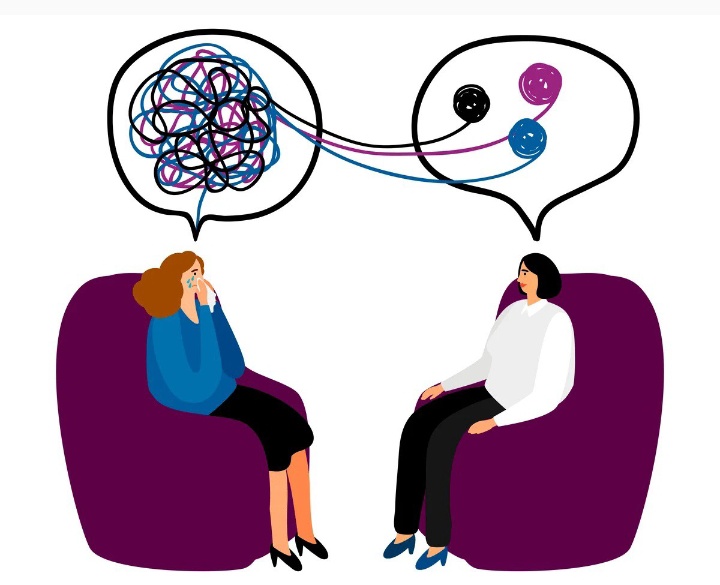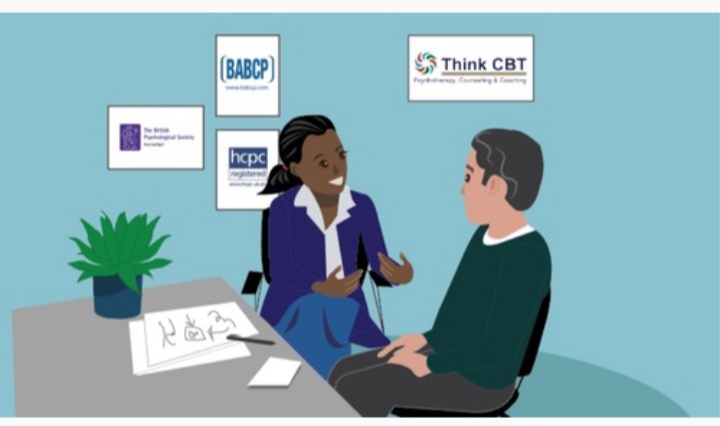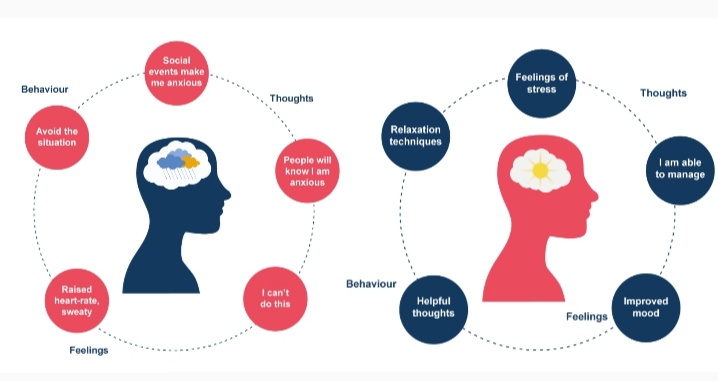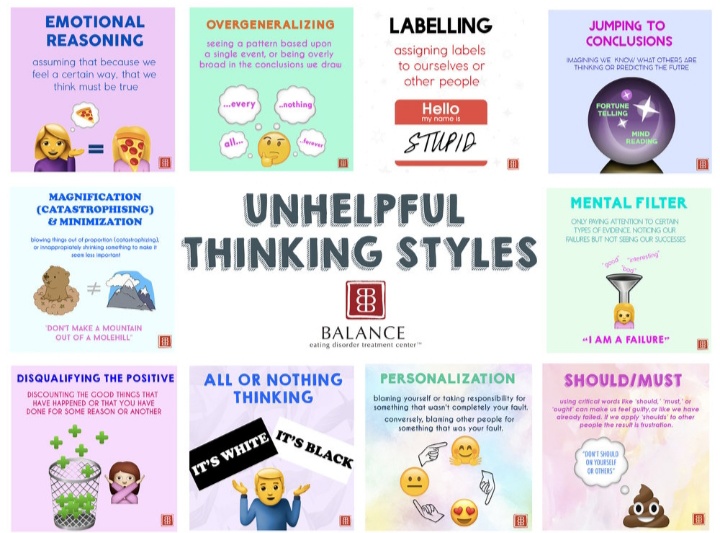Over the past few years, despite several awareness campaigns, mental health related illnesses continue to remain one of the most neglected issues in the world. Few of the many reasons for this include lack of awareness and social stigma, which have stopped people from seeking help. The biggest travesty is that having a mental illness gives one the crown of not being ‘normal’. Yet the time is now, to let everyone know that mental illness can be cured if treated on time. A top-class author, whom I had the privilege of knowing, had once written a piece which stated, ‘A broken back can be cured after months on the bed, but a broken soul may require a lot more’. There are various methods by which such issues can be treated, but it’s important to speak up and seek help. A mental illness if treated on time, can be cured just like any physical ailment. Here I will talk about a method of treatment, which is one of the most prominent ones in this domain. It helps people identify and uplift their mental state.

Cognitive Behavioural Therapy, commonly known as CBT, is a form of psychotherapeutic treatment which focuses on identifying one’s thoughts and attitudes to devise effective ways to move forward and cope with difficult times. This problem-specific treatment is capable of offering immense support to people suffering from depression, panic disorder, anxiety, anger issues, personality disorder, substance abuse and many more. Similar to any other treatment, CBT also works on a few core principles, which include:
- To some extent, psychological problems are a result of unhelpful thinking.
- Psychological problems are based, to a limited degree, on learned patterns or unhelpful behaviour.
- It is possible for people suffering from psychological issues to learn better ways of coping with them, thereby, alleviating their symptoms and living a better life state.

The process of the treatment may range from several one-to-one treatments to group sessions to the combination of both as well. CBT requires collaboration and cooperation of both the parties, i.e. the counsellor and the individual, and focuses on trying to transform the person into one’s own therapist. The various learning outcomes during a course of CBT can be:
- Ability to identify one’s thoughts
- Developing the skill of challenging underlying assumptions that are possibly wrong
- Changing one’s perspective of viewing a situation
- Being aware of one’s mood
- Ability to face one’s fear rather than avoiding them
- Eliminating the fear of the worst and stop imagining all-or-nothing situations
- Accept, understand and acknowledge one’s situation rather than judging themselves
We all are very much aware of the fact that any successful outcome is not a one-day achievement, but rather a sufficiently long process of several steps. Similarly, the success of CBT also requires several learning tools apart from the unwavering commitment towards the treatment of the counsellor and the patient. As mentioned earlier, one-to-one and group sessions are a part, but not the only fragments, of these learning tools. Apart from this, the process of CBT also involves:
- Role-playing activities to prepare one for potentially unhealthy interactions with others
- Ways to calm mind and body and find effective ways to eliminate stress
- Gradually increase exposure to one’s fears and assisting them in facing the same
- Maintaining a cognitive behavioural diary, which can act as a space where one can reflect on their thoughts and improve them.
- Practising the skills learned to promote growth in behaviour regularly.

However, as mentioned several times, CBT can be successful only in the presence of proper cooperation and if the process is focussed on as much as the end outcome. It may not result in the desired outcome if either of the parties does not actively participate. As much as it is required for a person to consult a professional, it is also important for them to self monitor their feelings, thoughts, eating habits and understand that it is a gradual process and not an immediate one.
The willingness to reach out plays an important role as much as the willingness to change and grow does. No doubt, being able to turn a deaf ear to what one’s surroundings say is a difficult task, but the liberation that one feels after doing that is an exquisite feeling, especially when it is the first step towards growth and a better mental state. After all, as Roy T. Benett once said, “It’s only after you’ve stepped outside your comfort zone that you begin to change, grow, and transform.”

